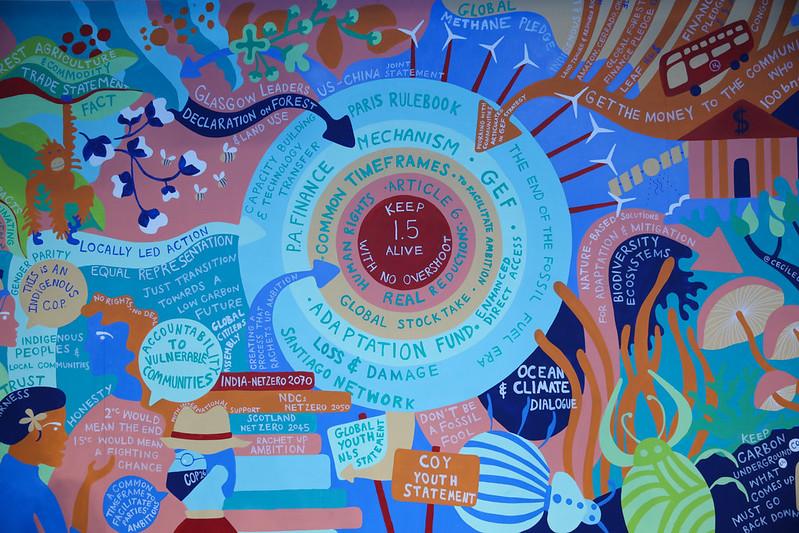1.5 C
Today we still have the chance to limit global temperatures to 1.5°C. While there will still be climate impacts at 1.5°C, this is the level scientists say is associated with less devastating impacts than higher levels of global warming.
Every fraction of additional warming beyond 1.5°C will result in increasingly severe and expensive impacts. UNEP’s Emissions Gap Report 2021 finds that annual greenhouse gas emissions need to almost halve by 2030 to limit global warming to 1.5°C, but the updated Nationally Determined Contributions (NDCs) under the Paris Agreement are still insufficient.
Although the COVID-19 pandemic will cause a dip in 2020 emissions, this will not bring the world closer to the Paris Agreement goal of limiting global warming this century to well below 2°C and pursuing 1.5°C (UNEP: EGR 2020).

Credit: UNclimatechange
New mitigation pledges for 2030 show some progress, but their aggregate effect on global emissions is insufficient. Combined with other mitigation measures they put the world on track for a global temperature rise of 2.7°C by the end of the century.
If implemented effectively, net-zero emissions pledges could limit warming to 2.2°C, closer to the well-below 2°C goal of the Paris Agreement. However, many national climate plans delay action until after 2030 (UNEP’s Emissions Gap Report 2021).
